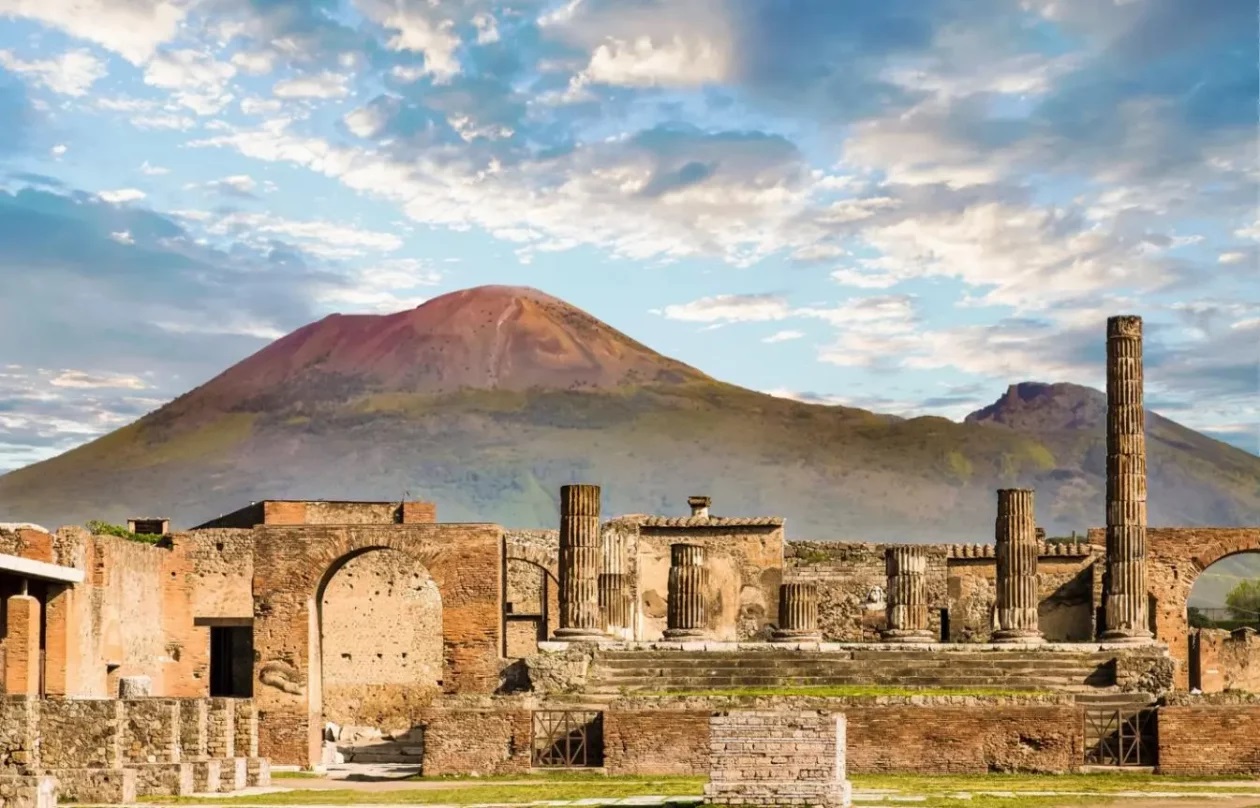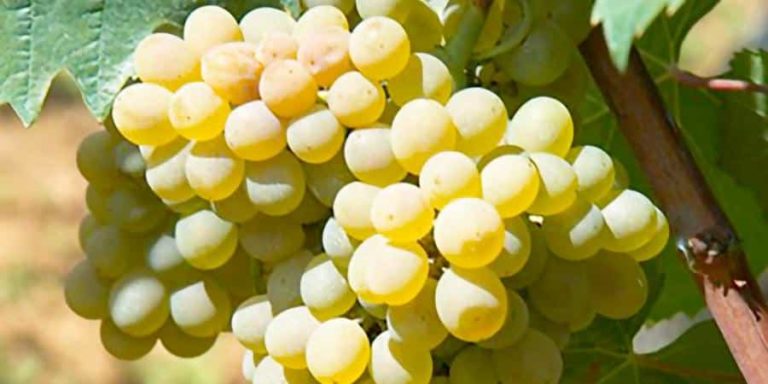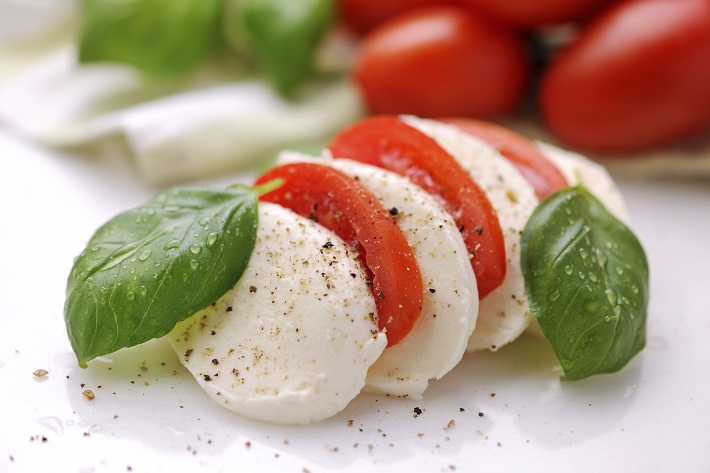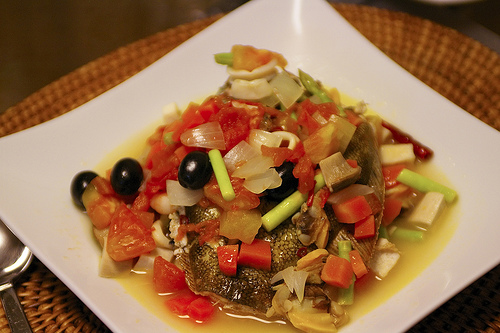Campania (Italy)
Introduction
Campania is a region of ancient winemaking traditions, which in recent times has been able to give life to wines of the highest level both from white and red grape varieties. Geographically, the cultivation of vines in Campania is favored by the presence of an area that is over 50% hilly and over 30% mountainous. The plain belt represents just 15% of the area of the region.

In Campania there are more than 25,000 hectares of vineyards and a prevalent production of black berried grapes. The prevailing form of farming is changing from the traditional pergola to the espalier and counter-espalier, even if the farming methods in such a vast region vary according to the area. In the Casertano, the maritated trees were preferred, while the sapling is more widespread in the Avellino area and in the high hill-mountain areas in general.
History
The enological history of Campania has ancient origins, prior to the Roman era and presumably beginning with the arrival of the ancient Greeks. In fact, it was the Greeks who introduced the seeds of vitis vinifera in Campania, and the main native grapes of the region–such as Aglianico, Greco, Fiano, Falanghina, Biancolella and Piedirosso–are of Greek origin. The name “Aglianico” seems to derive from the Hellenic term meaning “from Greece”.
The contributions of the Greeks were fundamental to the success of the wines of Campania. During the Roman Empire, Campana viticulture flourished and its wines were exported beyond the Italian peninsula. Many of the famous wines of the time, such as Caleno, Faustiniano and in particular Falerno, were produced in Campania.
The end of the Roman Empire marked the beginning of the decline of viticulture in Campana which continued through the Middle Ages, one of the darkest periods for vines and wine in this region. Powdery mildew and phylloxera arrived in Campania much later than elsewhere, but viticulture suffered enormous damage nonetheless.
The road to quality was taken only in the 1980s. Recently Campanian wines are registering incredible successes and considerable interest on the part of consumers, both for white and red wines. Greco di Tufo, Fiano di Avellino, and Falanghina for the whites, and Taurasi and the different expressions of Aglianico for the reds, are just a few examples that today make Campania one of the most interesting regions of Italy when it comes to wine.

Official Designations
Among the Designations of Origin of wine in Campania, the imposing Taurasi DOCG was the only wine to be awarded the DOCG for many years. Since 2003 it has been joined by the Greco di Tufo DOCG and the Fiano di Avellino DOCG. The region also produces interesting IGT wines, produced with both native and international grapes.
Currently in Campania there are 4 DOCGs, 2 for white wines and 2 for red wines and 14 DOC, flanked by 10 IGTs, testifying to the winemaking vocation of the region.
These are spread across magnificent vineyards at the foot of Vesuvius, the islands of Ischia (Ischia DOC) and Capri (Capri DOC), the Sorrento Peninsula (Sorrento Peninsula DOC), the province of Caserta (Falerno del Massico DOC), Benevento (Aglianico del Taburno or Taburno DOCG), Colli del Sannio (Falanghina del Sannio DOC and Sannio DOC) and Valle Caudina.

Spotlight on Sannio
Sannio DOC takes its name from the hilly area north from Naples, between the provinces of Benevento and Avellino, in the heart of Campania region. The area involved in the appellation comprises the historical viticultural region of Samnium, the land of Samnites, an ancient people of the pre-Roman era. Its historical heritage was mentioned in the works of writers such as Pliny the Elder, Cato and Horace, who described Sannio’s wines as having a “slightly smoky aroma” and an “intense resinous aroma”.
Sannio obtained the DOC appellation in 1997 and it rules require grapes to come from hilly vineyards, where the climate is ideal for the cultivation of high quality grapes, instead of vineyards in the valley, with a more humid climate and where fertile soils make it difficult to limit the yields in the vineyard and obtain high quality products. Vanguard wineries usually follow the tradition by using local varieties such as Aglianico, Coda di Volpe, Falanghina, Fiano, Greco, Moscato bianco, Piedirosso (locally known as Per’e Palummo) and Sciascinoso (locally known as Olivella), which have traditionally cultivated in the area.
White wines of Sannio DOC are based on the two grape varieties Greco and Falanghina, whose wines in the sparkling versions are processed with the Classical Method. The disciplinary states Sannio Bianco DOC must contain at least 50% of Greco, together with Trebbiano, Coda di Volpe, Falanghina, Fiano and Moscato which make up the remaining part of the blend.
Sannio Rosso is based on 50% of Sangiovese grape, whereas the remaining part can be made of Aglianico, Barbera and Piedirosso. Each of the vines of the appellation also gives life to the corresponding varietal wine.
The presence of five subzones makes Sannio DOC one of the most complex of Italy, comprising more than 300 distinct types of wine.
Grape Varieties
Here are the local grape varieties of the wines we are featuring in this month’s destination wine sets.
Aglianico
Aglianico probably has Greek origins, and in Italy it is found mainly in the provinces of Avellino and Benevento in Campania. The Aglianico vine prefers volcanic soils, present in the territories where it offers the best results. Great wines such as the Taurasi DOCG are produced with the Aglianico grape.
Wines produced with Aglianico lend themselves to aging in wood, both in large casks and in barriques. Aging in wood tends to soften the tannin of young wines and sweeten the product making it fine and harmonious.
The vast diffusion of Aglianico has given it a great adaptability to the different cultivation areas and a variability of its characteristics according to the environment. This has led to the characterization of two distinct varieties: Aglianico–grown mainly in Taurasi in Campania–and Aglianico del Vulture, which is widespread in Basilicata .
Piedirosso
Piedirosso is a black grape variety, native to Campania, in particular the Naples area. It is also known by its dialect name, Per ‘e palummo, which refers to the pedicels of the grains, colored red like those of a dove’s paw.
Piedirosso wines have a beautiful ruby red color and their olfactory range varies from red fruits such as plums and cherries in young wines to the tertiary nuances of those aged in wood, with notes of coffee, tobacco and spices.
In the Sannio area the wines also have resinous and smoky aromas, with small floral notes that can have balsamic tips in their best expressions. The foods commonly paired with Piedirosso wine include poultry and game, but it also goes well with pork, sausages, and aged cheeses.
Falanghina
Falanghina represents the base vine of many prestigious wines of Campania, as evidenced by the single-variety types of DOC Guardiolo, Sant’Agata dei Goti (also passito), Sannio, Solopaca, and Taburno wines .
Falanghina is grown primarily in hilly areas with a hot and dry climate, and is characterized by the size of its clusters, oblong or rounded and the berries with thick and robust skin.
The vinification of the grapes and the aging of the wines takes place mostly in steel rather than wooden containers to protect the aromatic fragrance of the wines. The wine made from pure Falanghina has a warm straw yellow color with slight greenish reflections. The nose has light floral notes and fruity and mineral aromas due to the volcanic origin of the cultivation soils.
On the palate the flavor is soft, fresh, delicate, and with excellent acidity. Falanghina is perfect as an aperitif, but it goes very well with appetizers, fish dishes, legume soups, seafood pasta, meats, cheeses, and seasonal vegetables.
Greco
The Greco vine falls under numerous denominations of southern Italy, in particular in the DOCG Greco di Tufo in Campania , which includes the city of Tufo and seven other hill communities. Despite being a third of the size of the Fiano di Avellino DOCG , the Greco di Tufo DOCG is the largest denomination as a production of DOP wines in Campania. The vineyards of the region are rich in tuff , a rock formed by volcanic ash, from which the city of Tufo takes its name . The wine must contain at least 85% of Greco , while the Coda di Volpe usually represents the remaining percentage.
Greco di Tufo wines are ready to drink up to 3-4 years after the harvest and have a good predisposition to aging with evolutions up to 10-12 years. Wines produced with the Greek grape are known for their aromatic qualities and are characterized by an olfactory profile vaguely similar to that of Viognier; fruity of peach and with slightly herbaceous notes that tend to become more intense with the age of the wine.

Local Dishes
Some of the staples of Campania cuisine include Mozzarella di Bufala, Ricotta di Bufala, San Marzano tomatoes, Amalfi Coast lemons, Sorrento walnuts, and Limoncello. Pizza is fundamental, of course, with a soft and swollen edge, but you can also find street food as pizza a portafoglio (“wallet pizza”) and fried pizza, as well as potato crocchè and Zeppole, which are small omelets with pasta.

Produced within the city of Gragnano, pasta di Gragnano represents the ultimate quality in Italian pasta and includes long, short, laminated, and baked pasta. It’s made from durum wheat semolina and water from Gragnano’s local water aquifer. Along with natural drying techniques, these simple ingredients launched pasta di Gragnano to fame.

Acqua pazza, or crazy water, is a cooking technique used with fish like sea bass, sea bream, red snapper, or perch in the coastal regions of Campania. This crazy water method involves cooking the fish in water, salt, oil, garlic, and cherry tomatoes. Pesce all’acqua pazza is a healthy, low-calorie preparation that highlights the flavors of the fresh fish.
Gnocchi all Sorrentina is one of the best-known pasta dishes in Campania. This delicious dish hails from Sorrento and involves smothering homemade potato gnocchi in a rich tomato and mozzarella sauce flavored with fresh basil. Next, the gnocchi is topped with more mozzarella or pecorino and baked until the cheese has melted and a golden crust forms on top.
Another classic Neapolitan meat dish, ragù Napoletano, is a highly cherished food in Campania. This meat and tomato sauce takes a lot of time to prepare, but the result is worth the labor of love. The dish is also known as ragù guardaporta because it used to be prepared by doormen while observing their posts. Whole cuts of different types of meat are used for the ragù, including beef and pork ribs. When beef steaks are included, they’re often rolled up with a mixture of pine nuts, garlic, parsley, cheese, and seasonings.